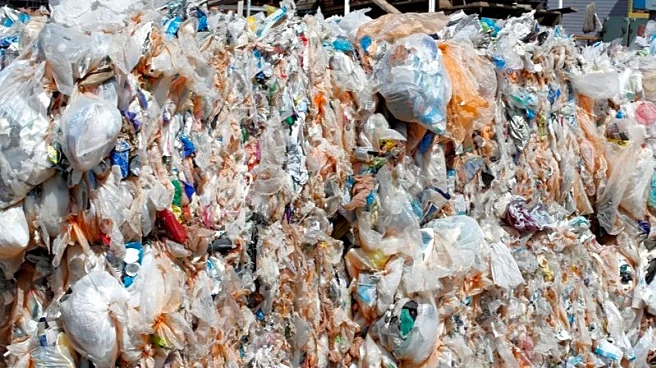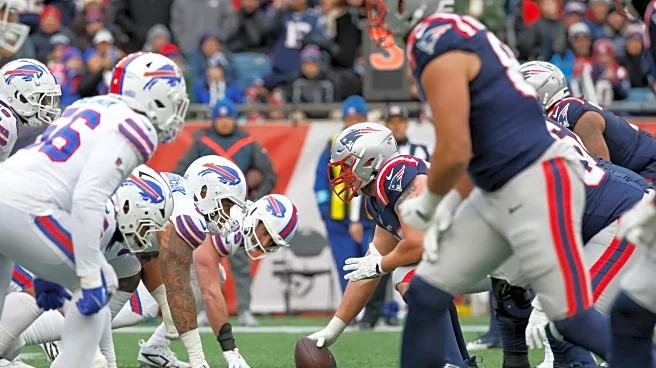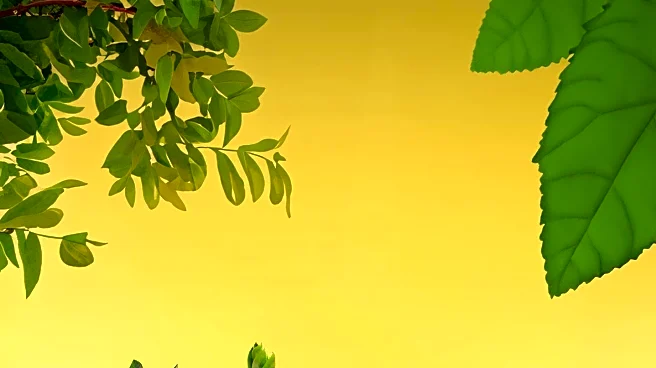What's Happening?
U.S. winemakers are experiencing significant difficulties due to a global drop in wine demand, leading to a surplus of grapes. Many vineyards are choosing to let their grapes rot rather than harvest them, marking one of the worst years for the wine industry in decades. Sarah Goedhart, a winemaker at Hedges Family Estate in Washington, reports that her cellar is filled with unsold wine from previous years, forcing her to discard half of this year's harvest. The situation is exacerbated by declining sales, with the Hedges' sales down 13% from the previous year. Natalie Collins, president of the California Association of Winegrape Growers, attributes the downturn to multiple factors, including tariffs, competition from other beverages, and changing consumer habits. The oversupply of wine is causing some vineyards to abandon their crops, and the impact is felt across the country, including in New York, where vineyards are nearing closure.
Why It's Important?
The current challenges faced by U.S. winemakers have broader implications for the industry and economy. The grape glut could lead to long-term changes in wine production and availability, potentially resulting in a future wine shortage. The downturn affects not only vineyard owners but also employees and related businesses, leading to job losses and financial strain. The shift in consumer preferences towards alternative beverages and health-conscious choices may signal a permanent change in the market dynamics. This situation highlights the vulnerability of agricultural sectors to global economic trends and the need for adaptability in business strategies.
What's Next?
Winemakers are hoping for a market recovery, but the timeline remains uncertain. Industry leaders are likely to explore strategies to adapt to changing consumer preferences and mitigate the impact of tariffs and international trade challenges. Some vineyards may need to diversify their offerings or invest in marketing to attract new customers. The potential resizing of the industry could lead to fewer vineyards and a more concentrated market, affecting wine prices and availability. Stakeholders will need to monitor consumer trends and global economic conditions closely to navigate the ongoing challenges.
Beyond the Headlines
The current situation in the wine industry raises ethical and environmental concerns. The decision to let grapes rot rather than harvest them highlights the wastefulness inherent in agricultural production when market conditions are unfavorable. This could prompt discussions on sustainable practices and the importance of aligning production with demand. Additionally, the shift in consumer habits towards healthier options may reflect broader cultural changes in attitudes towards alcohol consumption, influencing future industry strategies.












